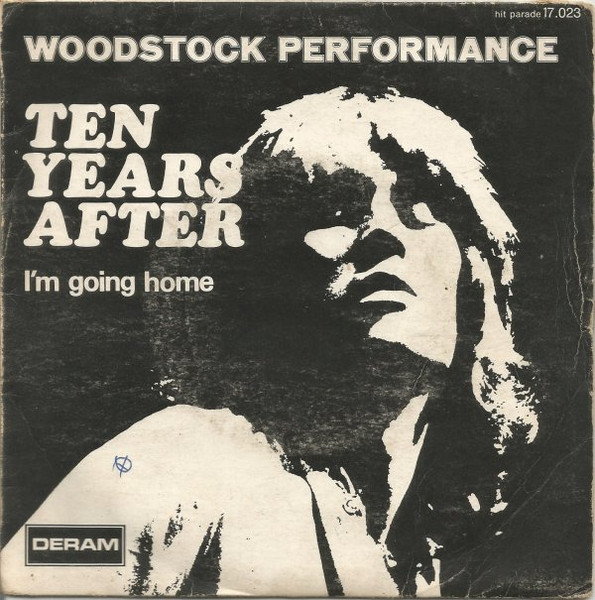Hear Me Calling / I'm Going Home by Ten Years After (Single; Deram; DM 221): Reviews, Ratings, Credits, Song list - Rate Your Music

Ten Years After | In The Beginning (Radio Broadcast) - 4CD DIGISLEEVE - Classic Rock / Pop | Season of Mist


















